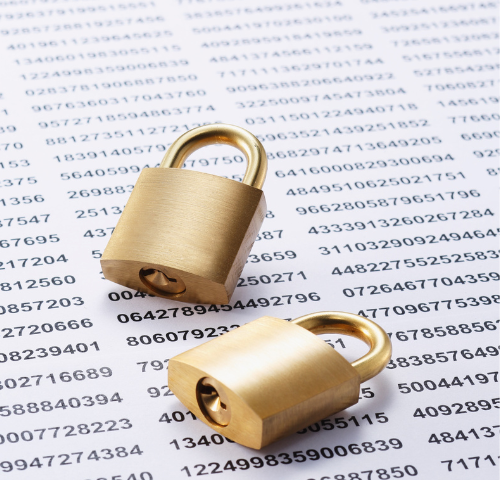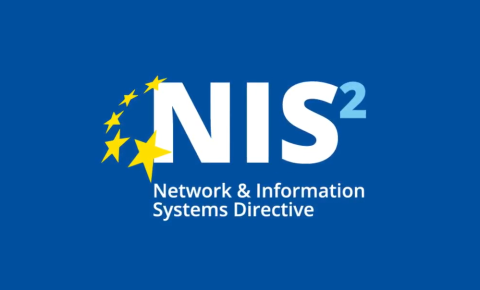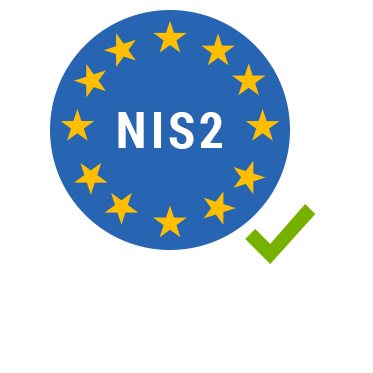
Cybersecurity

Network Management Services
A Comprehensive Guide for the Digital Age
In today’s interconnected world, where data is both a valuable asset and a potential liability, understanding and safeguarding data and security privacy have become paramount. This article delves into the intricacies of data and security privacy, exploring why it matters and offering actionable insights for individuals and businesses alike.
Why Data and Security Privacy?
In an era dominated by digital interactions, the sheer volume of personal and sensitive information circulating online is unprecedented. From financial transactions to social interactions, data is the lifeblood of the digital landscape. However, this very ubiquity raises concerns about unauthorized access, data breaches, and the potential misuse of personal information.
Data breaches can have severe consequences, ranging from financial loss to reputational damage. As cyber threats evolve, it’s crucial to stay ahead of the curve in protecting sensitive information. Individuals and businesses must recognize the stakes involved and take proactive measures to ensure data and security privacy.
Understanding Data Classification
Not all data is created equal. Different types of information require varying levels of protection. Learn to classify your data based on sensitivity to implement targeted security measures. This proactive approach enhances your ability to safeguard critical information effectively.
Encryption serves as a robust shield against unauthorized access. Explore the importance of end-to-end encryption for communication channels and data storage. Implementing encryption measures ensures that even if data is intercepted, it remains unintelligible without the proper decryption keys.
Integrate privacy considerations into the very fabric of your digital systems. By adopting a “privacy by design” approach, businesses can proactively embed privacy features into their products and services. This not only enhances user trust but also ensures compliance with evolving data protection regulations.
Multi-Factor Authentication (MFA)
Elevate your security posture by implementing multi-factor authentication. This additional layer of protection fortifies access control, requiring users to verify their identity through multiple means. MFA is a powerful deterrent against unauthorized access attempts.
Regular Security Audits
Stay one step ahead of potential vulnerabilities through regular security audits. Assessing your digital infrastructure for weaknesses and addressing them promptly is crucial for maintaining robust data and security privacy.






1 Comment
[…] de caz real: O companie de e-commerce a lăsat un bucket S3 AWS public din greșeală. Rezultat: 120.000 de date clienți expuse, amendă GDPR de […]